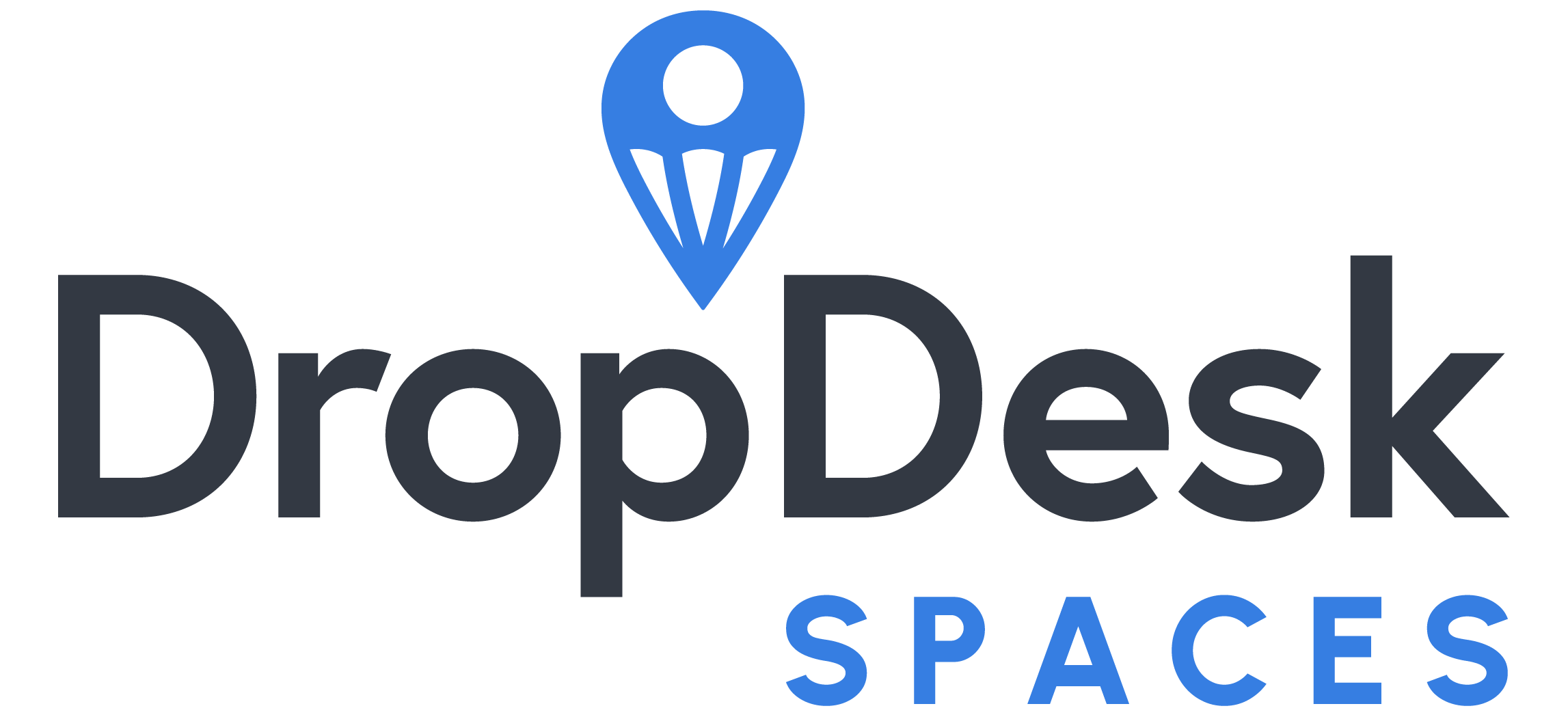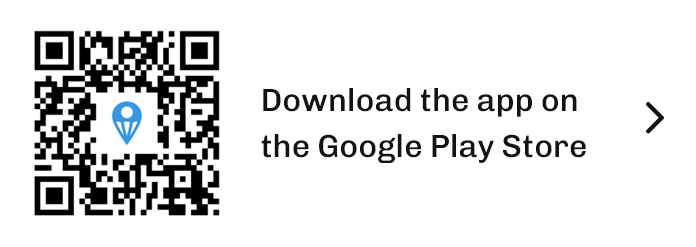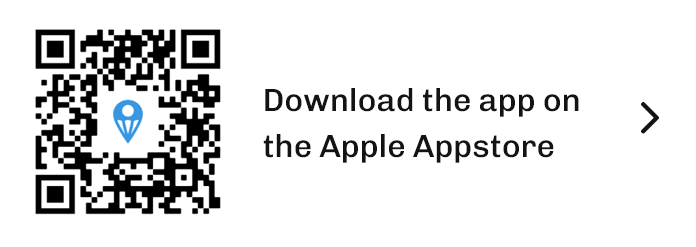A platform that was once primarily viewed as just another job-hunting platform, LinkedIn has come a long way. In fact, the way the platform has evolved is one of the biggest reasons it has survived for almost two decades in the highly volatile environment of the web.
That’s right! LinkedIn is over 19 years old (founded in 2003), older than the big guns of social media like Facebook (founded in 2004) and Twitter (founded in 2006).
Today, LinkedIn is a part of most holistic content marketing and social media marketing strategies.
If you’re reading this, chances are that you or your business also use LinkedIn to either connect with like-minded professionals, generate leads, fulfill your recruitment goals or do all of the aforementioned.
Knowing how the platform is doing, learning about the preferences of the users and simply understanding how your audience may be using LinkedIn can help you devise a truly impactful LinkedIn marketing strategy.
To help you build this understanding of the platform, we have curated a list of the top 49 LinkedIn statistics in 2022. To help you navigate this list with ease, we have divided the data into the following categories:
- LinkedIn Platform Overview
- LinkedIn Usage Statistics
- LinkedIn Demographics
- LinkedIn Content Statistics
- LinkedIn Advertising Statistics
Without further delay, let’s jump right into the first category.
LinkedIn Platform Overview
LinkedIn is 19 years old.
As mentioned earlier, the platform has existed since 2003 and has effectively managed to adapt to changing times, trends, user preferences and technologies. Today, LinkedIn is considered one of the most innovative companies across the globe.
LinkedIn has more male members than female ones.
The members on LinkedIn who identify as men is 57%. While men do outnumber the women on LinkedIn, it is important for businesses to dive into the specific composition of their own audience.
LinkedIn, as a business, has a presence in 30 cities across the globe. The platform employs over 18,000 professionals.
LinkedIn, as an organization, is enormous. It is also worth noting that while LinkedIn has its own list of top companies to work for, which was led by Amazon recently, some independent surveys have placed LinkedIn itself as the “best place to work”.
The LinkedIn platform supports over 25 languages.
LinkedIn is a truly global platform and users from different countries can access it in their preferred local language. For businesses, this means that they may be able to communicate with their audience in their local language. When used correctly, this can be an effective strategy to drive up engagements.
The total LinkedIn user base is 830+ million members strong.
LinkedIn is among the 10 most used social media platforms all over the world. This means, regardless of your niche, industry or business offering, you are highly likely to find relevant people to network with, interact with, and market to, on the platform.
LinkedIn boasts an MAU percentage of over 48%.
MAU is short for monthly active users. This means that out of the total 830 million users on LinkedIn, at least 48% use the platform once a month. This percentage translates to over 300 million users logging into the platform at least once every month. The percentage of daily active users on the platform is 16.2%, which amounts to well over 100 million daily users.
Over 58 million companies are listed on LinkedIn.
Once again, this means that there are plenty of opportunities to sell and network, especially for those offering B2B services and products. On the other hand, this number also indicates that no matter how obscure your niche and industry are, there is a good chance that you will find at least some competition on the platform.
Over 120,000 schools have LinkedIn profiles.
This may not be as impressive as some of the numbers we have already discussed (or will discuss), but it is still a significant number of schools. This number indicates two things:
- Even if you are a student, there are plenty of useful networking opportunities available on LinkedIn.
- Businesses looking for fresh talent will find LinkedIn to be an incredibly useful tool.
LinkedIn is still growing.
The company has reported a whopping 36% YoY growth in revenue and a 22% YoY improvement in platform engagement in 2022.
Bill Gates is the most followed person on LinkedIn.
With an impressive almost 36 million followers, Bill Gates boasts the biggest audience on LinkedIn. Speaking of which, it is also interesting to note that Bill Gates-owned Microsoft acquired LinkedIn back in 2016 for over $26 billion.
Google is the most followed organization on LinkedIn.
Surprisingly enough, despite Bill Gates being the most popular individual on the platform, his company does not share the same privilege. Google has nearly 24 million followers on LinkedIn.
#India is the most followed hashtag on LinkedIn.
#India is followed by 67.6 million users, which is significantly more than the second most popular hashtag, #Innovation, which is followed by 38.8 million LinkedIn users. The third most popular hashtag on the platform is #management with 33.2 million followers.
LinkedIn Usage Statistics
95 job applications are submitted on LinkedIn every second.
Let’s put this number into perspective. By the time you finish reading this article, nearly 57,000 job applications would have been submitted on LinkedIn. This platform is a superb place for employers to find top candidates and for professionals to find rewarding employment opportunities.
6 people are hired on LinkedIn every minute.
This statistic proves that LinkedIn is doing a great job of connecting job seekers and employers.
50 million users search for jobs on LinkedIn every week.
While LinkedIn has evolved into much more than a job board, it is still a great place to look for jobs and candidates.
Employees hired on LinkedIn are 40% less likely to leave the company within the first six months.
This stat just goes to show how effective LinkedIn is at pairing the right people with the right opportunities.
LinkedIn is 277% more effective for lead generation when compared to Facebook and Twitter.
As mentioned earlier, LinkedIn offers more than just the capability of connecting professionals with the right employment opportunities. It is a superb place for generating leads. In fact, when compared to Facebook and Twitter, LinkedIn is three times more effective for lead generation.
In a survey, 79% of marketers said that they consider LinkedIn a very good source of leads.
In the same survey, 43% of marketers said that they have sourced at least one customer from LinkedIn.
In another survey, 75% of respondents said that they use LinkedIn to inform their decisions about switching to a new job.
This statistic is very relevant for recruiters that are still on the fence about using LinkedIn for their recruitment needs.
40% of B2B marketers view LinkedIn as their number one channel for getting high-quality leads.
LinkedIn offers amazing opportunities for all businesses, but especially for those operating in the B2B space. So much so, that B2B marketers said that 80% of their total social media leads are sourced from LinkedIn.
9 million LinkedIn users have started using creator mode since its launch.
This clearly shows that LinkedIn, while a great platform for all B2B purposes, is actively working on expanding its reach and attracting a whole new kind of users.
More than 30 million members have placed the “Open To Work” filter on their LinkedIn profile pictures.
Once again, this presents an incredible opportunity for recruiters struggling with the effectiveness of traditional talent sourcing platforms.
According to Spectrem Group, 37% of the World’s millionaires have a LinkedIn profile.
More than 70% of LinkedIn users make more than $50,000 every year. This means that LinkedIn is an excellent place for businesses to find high-ticket clients.
65 million decision-makers have a LinkedIn account.
If you are selling anything B2B, LinkedIn is definitely the place to be.
Companies with complete and active LinkedIn pages attract Five times more page views.
So, if your company profile on LinkedIn is inactive or incomplete, it is time to change that and reap the benefits. It is also worth noting that companies with complete profiles see Seven times more impressions on their content for every follower they have. Moreover, such companies also get Eleven times more clicks per follower, as compared to their competitors with incomplete or inactive profiles.
LinkedIn Demographics
28% of adults in the US use LinkedIn.
If you are looking for job opportunities or business opportunities in the country, LinkedIn can definitely connect you with the right people.
The country with the highest number of LinkedIn users in the US.
A total of 188 million LinkedIn users are from the US. This is followed by India, with over 88 million LinkedIn users. Brazil and China are tied in third place, with each country contributing over 56 million users to the platform.
Over 59% of LinkedIn users are from the 25 to 34 age group.
This means that a lot of fresh talent and young minds are embracing the platform and using it in innovative ways. The second most prominent age group on the platform is the 18 to 24 age group, accounting for 20.4% of LinkedIn users. In the 35 to 54 age group, 17.7% of LinkedIn users fall in this group; while just 2.9% of LinkedIn members are aged over 55.
60% of US LinkedIn users have a household income of over $100,000.
This makes up the biggest group on LinkedIn, with respect to household income. The second biggest group, which makes up 50% of LinkedIn users, is made up of individuals with a household income between $80,000 and $100,000.
72% of LinkedIn users in the US are full-time employees.
Many of these are decision-makers, making LinkedIn a great place to market your products or services. Similarly, many of these full-time employees may be looking for a new job, presenting a superb opportunity for recruiters. The number of students that are LinkedIn users is 5% of, while 10% are engaged in part-time employment.
77% of LinkedIn users are outside of the US.
With millions of users coming from each of the 200 countries where LinkedIn is available, it is a great place to connect with like-minded individuals and professionals, regardless of where you’re from.
Out of the 2 billion total millennials all over the world, 87 million are on LinkedIn.
It is also expected that millennials will soon make up the largest chunk of the active workforce. This is great news for businesses that target working millennials with their products and/or services.
Only 57% of LinkedIn users access the platform on their smartphones.
Fifty-seven percent of users is a significant number. After all, it translates to more than half of LinkedIn users who are accessing the platform on their smartphones. However, it also means that a significant chunk of users is still using the PC to visit LinkedIn. This information, coupled with an in-depth understanding of your target audience can help marketers design better, more engaging marketing and advertising communication.
LinkedIn Content Statistics
93% of B2B content marketers target LinkedIn as a part of their organic social media strategy.
This clearly shows that LinkedIn, unlike other popular social media platforms, is still not undermining the organic reach of content to attract more advertising revenue.
In a survey of content marketers, 77% agreed that LinkedIn produces the best organic results.
This is great for businesses that cannot afford to spend thousands of dollars on advertising each month. With consistent and innovative efforts, it is possible to build an enormous engaged audience on LinkedIn without spending a penny on advertising.
Companies that post on LinkedIn once a week see 2X engagement.
For brands, building an audience and creating engagement is incredibly easy. By just posting once a week, brands can expect to outperform much of their competition in terms of engagement.
The best day to post on LinkedIn for B2B brands is Wednesday. B2C brands can expect to see higher than usual engagement on Mondays and Wednesdays.
If you are employing the ‘one post every week’ strategy, paying attention to the daily engagement rates can help you bring significant improvements in terms of engagement.
LinkedIn posts with images get twice as much engagement as text-only posts.
Just like audiences on all other platforms, the users on LinkedIn have a preference leaning toward visual content. This means that all types of visual content, and not just images, outperform text-only content on the platform.
30% of the engagement driven by a company comes from its own employees on LinkedIn.
While some readers may consider this a bad thing, smart marketers will find ways to use this information to their advantage. Instead of worrying about the fact that engagement from employees can paint an incorrect picture of the engagement attracted by your content, brands should think about ways to make their employees a part of their content distribution plan on LinkedIn. Doing this correctly can help brands boost their organic reach manyfold, without having to rely on paid advertising.
Employees are 14 times more likely to share content published by their employer, as compared to every other type of content on LinkedIn.
This is just another statistic that proves the importance of involving employees with content distribution on LinkedIn.
Small and large accounts on LinkedIn get more engagement when they post images. Medium-sized accounts get the most engagement from videos.
With so many available options, choosing the right visual content format can become challenging. Here’s some data that may be of help. Accounts that have less than 10,000 followers or those that have more than 100,000 followers usually generate the most engagement when they post images. On the other hand, accounts with a follower count between 10,000 and 100,000 often get the most engagement on their video content.
When a brand shares content on LinkedIn, it is an image post in 49.21% of cases.
This means that of all the content shared by brands on LinkedIn, nearly half is in the form of images. This clearly shows that brands have understood the importance of sharing visual content on LinkedIn. At the same time, the fact that articles are the second most often shared type of content by brands on LinkedIn, it is clear that many businesses are still struggling with an impactful video marketing strategy for LinkedIn.
For brands, live streams drive more engagement than regular video.
We already saw that visual content, especially videos, are incredibly popular on LinkedIn. However, live streams are even more popular. In fact, on average, a live stream by a brand attracts 7 times more reactions and 24 times more comments than the average video by the same brand.
Out of the 100,000 most shared pieces of content on LinkedIn, only 6% came from Influencers.
This means that even if you are just starting on the platform, you have a good chance of making it big. With enough consistency and innovation, just about anyone can build a thriving audience on LinkedIn.
LinkedIn articles with exactly 8 images perform the best.
While this may seem a little peculiar, the number of views attracted by LinkedIn articles with 8 images is significantly higher than articles with more or fewer images. On average, articles with 8 images attract over 57,500 views. The second on the list, articles with 11 images, get only a little over 33,500 views, on average.
LinkedIn users are 20 times more likely to share a video than any other type of content.
This just goes to show the incredible popularity enjoyed by videos on all online platforms. Videos, when done right, are perhaps the quickest way to build an engaged audience on LinkedIn.
LinkedIn Advertising Statistics
In a survey, 71% of B2B marketers said that they use LinkedIn For Advertising
This is just another statistic that presents evidence of LinkedIn’s popularity among B2B brands. To put this number in perspective, Facebook, with a user base that is 3 times larger than that of LinkedIn, only attracts the advertising business of 51% of surveyed marketers.
For one SaaS company, LinkedIn sponsored InMails outperformed their email marketing efforts.
LinkedIn sponsored InMails didn’t just outperform email, they got 11 times more responses than emails. This shows that there are a large number of decision-makers active on LinkedIn. Where your marketing emails may get lost in the crowded email inboxes of executive decision-makers, LinkedIn sponsored InMails present a unique opportunity to stand out from the crowd.
90% of B2B marketers experience a decline in their cost per lead when they use LinkedIn lead forms.
For most B2B marketers, LinkedIn drives great results. However, in the case of LinkedIn lead forms, which are a type of advertising communication available on LinkedIn, a vast majority of marketers see their cost per lead reduced.
According to Hubspot, leads generated on LinkedIn are cheaper than leads generated through Google Ads.
Many advertisers refrain from using LinkedIn citing the perceived high cost of advertising on the platform. However, the reality is that advertisers on LinkedIn enjoy a lower cost per lead than Google Ads. This, however, doesn’t mean that advertising on LinkedIn is better than Google Ads for all products and services. The choice of advertising platform should still be dictated by the kind of product or service that you are selling or advertising.
A LinkedIn ad can potentially reach over 14% of the total global adult population.
This may not be the biggest reach among top social media platforms but it still amounts to a very significant number that most marketers simply should not ignore.
LinkedIn added 22 million people to its reach in Q4 2022.
This means that the platform is still growing. In fact, in an interview, the CEO of LinkedIn, Jeff Weiner said that the company wants to become a central point of contact for professionals and businesses across the globe. Considering that the global workforce is made up of roughly 3 billion individuals, we can expect LinkedIn’s reach to continue growing at a brisk pace in the coming months and years.
Conclusion
There you have it. The ultimate, most recently updated list of LinkedIn statistics. We hope that these will help you understand the platform and its audience better, and in turn, help you create an effective LinkedIn marketing and hiring strategy.
Author Bio:
Piyush Shah is a Head of SEO at Dukaan and an affiliate marketer who loves creating innovative SEO strategies and solving complex problems. He enjoys researching and writing on many different topics and connecting with like-minded bloggers.





